We welcome our new British food columnist Ruby Moukli with a nice cup of tea.
By Ruby Moukli

To kick off my new column exploring the food culture of Great Britain, I thought I’d start with a basic. The quintessential cup of tea is universally associated with Britain, although it was drunk in China, India and the Middle East long before it was ever brought to these shores. Interestingly, tea only gained popularity here in the wake of the Bubonic Plague outbreak in the mid 17th century, since drinking it required the water to be boiled, and it was therefore deemed ‘safe’. However, despite its more exotic origins, visitors to the UK now ‘go native’ by having a cup of tea, and British travellers abroad seek out a ‘good cuppa’ to remind them of home. Right or wrong, tea has become synonymous with Britishness. Until recently.
It has been reported in the British news that, after more than 300 years of tea drinking in this country, its popularity is on the wane. It seems that the youth of today prefer to get their pick-me-up in the form of coffee and that, at this rate, tea will soon cease to be Britain’s national drink. I get that a ‘doppio espresso macchiato’ in an insulated take-away cup sporting an internationally-recognized logo is hipper than a cuppatea in your grandmother’s kitchen, but I can’t help feeling that the youths are missing the point.
Grabbing your coffee on the go has none of the charm or therapeutic effect of the age-old tradition of ‘taking tea’. Putting the kettle on, sitting down and waiting those few minutes for it to brew is an exercise in patience and, in the right circumstances, zen. It is the antithesis of trying to fit your caffeine hit into your busy life by taking it with you. To take tea you take time out and step away from the madness for a spell. No wonder that, in Britain, a cup of tea is a panacea. Just about any problem you throw at it can be diminished, if not cured completely, by a jolly good ‘cuppa’.
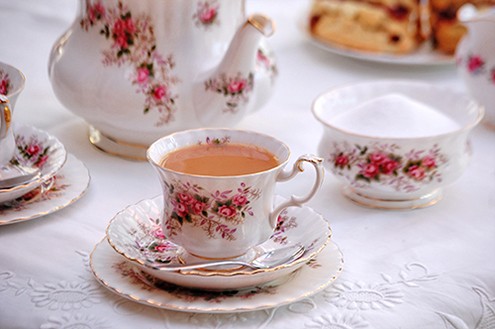
What, then, makes a good cup of tea?
I’ve consulted my English grandmother, as well as several online resources, and have put together a simplified list of nine basic elements upon which the experts more or less agree.* They are:
1. The Tea. George Orwell said the tea should be from India or Ceylon but not China. Whichever tea you prefer, it should be loose, not in a bag or a ball strainer. (You’ll use a tea strainer over the cup when you pour it out.) The tea must be free to swim around in the pot.
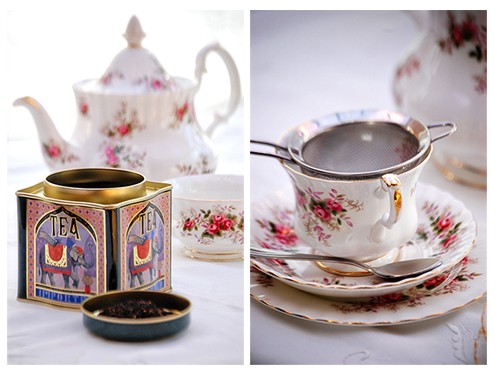
2. The Pot. Should be made of porcelain, warmed (swirl a glug of scalding water around the empty pot a few times and then pour it out) and covered with a cozy. (If you don’t have a tea cozy, wrap a tea towel or large napkin around the pot.)
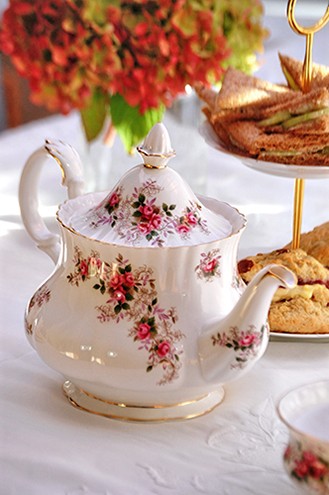
3. The Dose. One spoonful of tea per 200 ml cup and ‘one for the pot’.
4. The Water. Freshly boiled (not re-heated), poured onto the tea leaves and stirred briefly before you replace the lid on the pot and cover it with the cozy.
5. The Wait. At least two minutes, as many as five, depending on the type of tea you are using. (There is a handy guide on the UK Tea Council’s website)
6. The Cup. Again, should be porcelain and, if possible bone china. (Whether this is for taste or for snobbery has never been deciphered.) Fill it to 1 cm below the rim.
7. The Milk. I add the milk after pouring the tea and adding sugar. This delays lowering the temperature of the tea, thereby allowing the sugar to dissolve quicker, and also makes it easier to regulate the amount of milk, as I can watch for the ‘right’ colour. However, Nanny and Granddad always put the milk in the cups before the tea, a practice that has been validated by scientific research. (In my original article, I got this wrong and was corrected by a reader who actually followed my link to the research and saw my mistake. Thanks, Zoe, for taking the time to point it out to me!)
8. The Sugar. If you take sugar (and the scientists say you should), the recommended dosage is one shallow teaspoon. And for some reason it is universally agreed that it should be white sugar. Perhaps it interferes least with the taste of the tea.
9. The Nibbles. Tea is often accompanied by something sweet – a biscuit, scone or a toasted bun. A slice of cake perhaps? More elaborate spreads make up a ‘Cream Tea’ or a ‘High Tea’ but I think that is the stuff of another discussion.
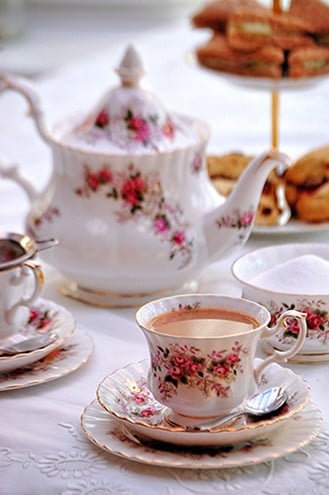
For now, having given you an ‘official’ framework from which to make the perfect cup of tea, I’d like to invite you to promptly forget it. Well, most of it.
You see, I firmly believe that a cup of tea is one of the simple pleasures in life, and over-thinking it robs it of the very quality that makes it so appealing. How zen can you be if you’re worried about whether you’re using the right kind of tea/pot/cup and if you’re watching the clock to time the brew? And isn’t all that stuffiness bound to put off the very drinkers we should be hoping to lure back? So, if all you have time for is a tea bag in a mug, then so be it. Far better to enjoy your tea however you see fit than to turn away from it completely.
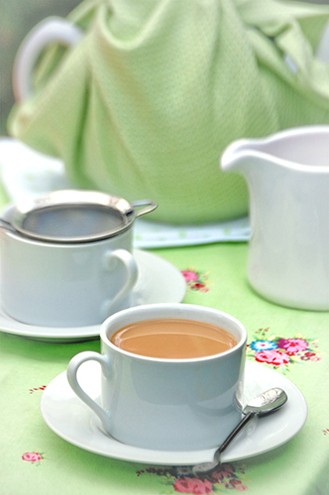
In any case, the real secret to the perfect cup of tea has much more to do with two, far more subjective, variables. First is where you are when you drink it. At your desk at work, in the rose garden of a thatched cottage in the English countryside or (for some the ultimate) in the Palm Court of London’s Ritz. The tea will absorb the atmosphere of your surroundings and rise or sink to the occasion no matter how it’s made.
But, far more important, is the question of with whom you take your tea. As with the perfect meal, the perfect cup of tea has far less to do with the tea itself than with the circumstances of its enjoyment and the company you keep. And another thing – tea always tastes better when someone else makes it.
Which brings us back to our grandmother’s kitchen. A cup of tea made for us by someone who loves us is simply the best pick-me-up to be had. For, as in all cooking, love is the secret ingredient that those international chain coffee houses do not have on their menus.
Finally, in conclusion, a glimmer of hope. When was the last time you saw a little girl having a ‘coffee break’ with her teddy bear? You don’t see them making little toy sets of take-away coffee cups for children to play with, do you? No, they’re tea sets. Because children, in their innocent wisdom, know that making and sharing a cup of tea is a special event to be enjoyed as often as possible with the ones we love.
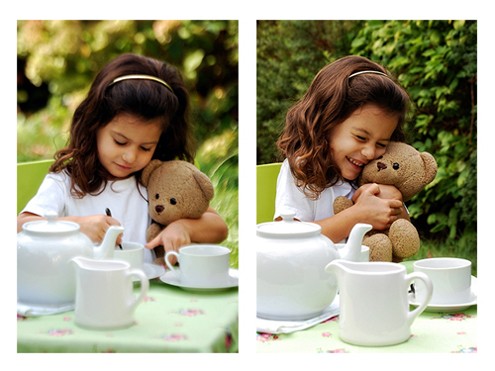
“The Perfect Cup of Tea”
by Ruby Moukli
And so the perfect cup of tea,
Will be the one you make for me,
With ‘milk and one’,
A currant bun,
And your sweet company.
(*The above relates only to tea as it is traditionally drunk in Britain. Obviously in other parts of the world tea-drinking tastes and customs vary considerably, although I do believe the love part is universal.)




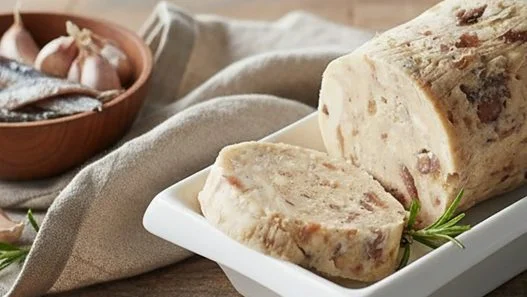

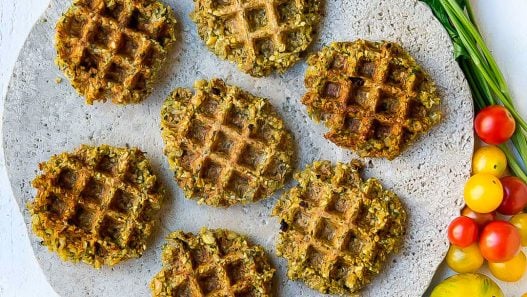




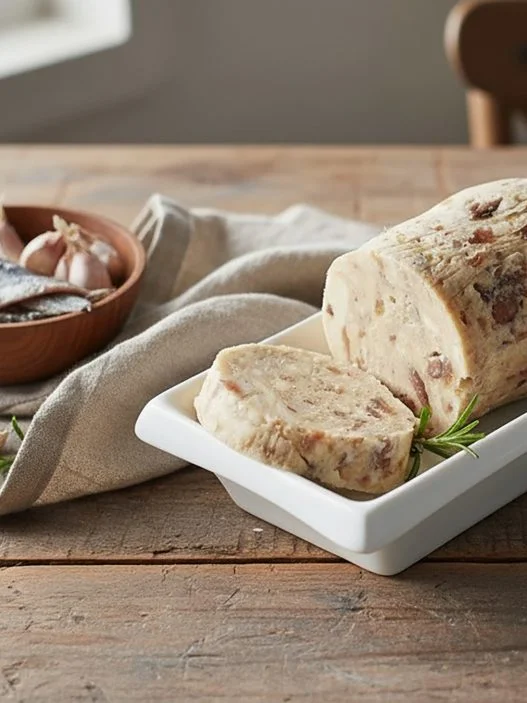
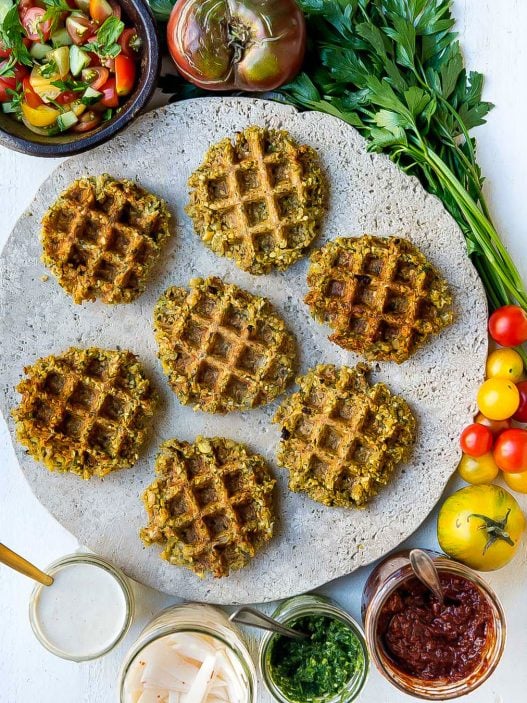
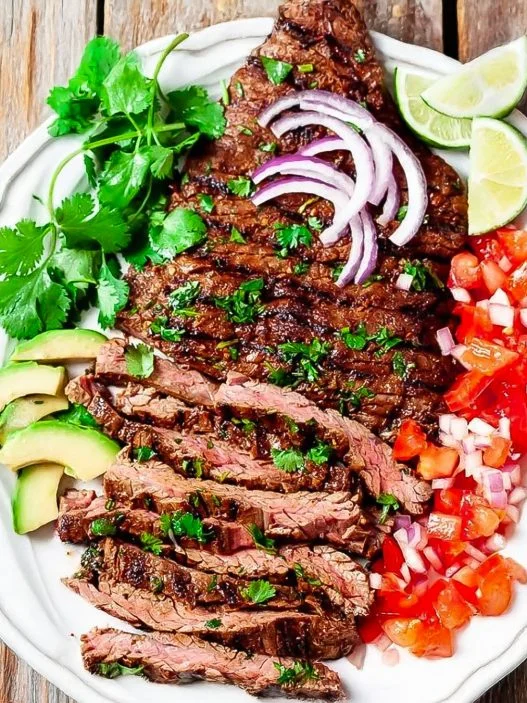


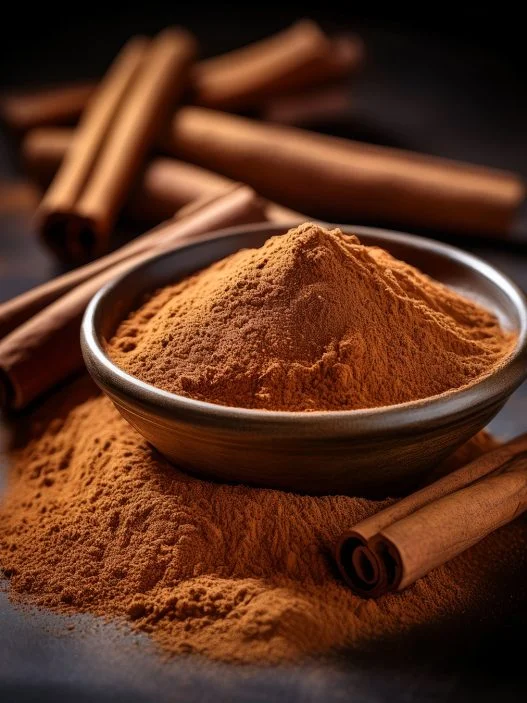
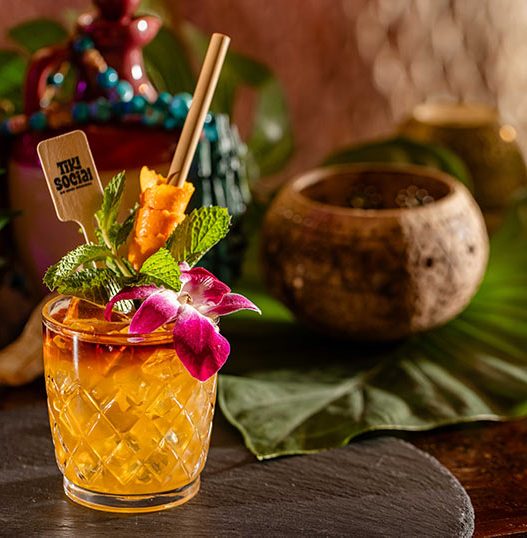
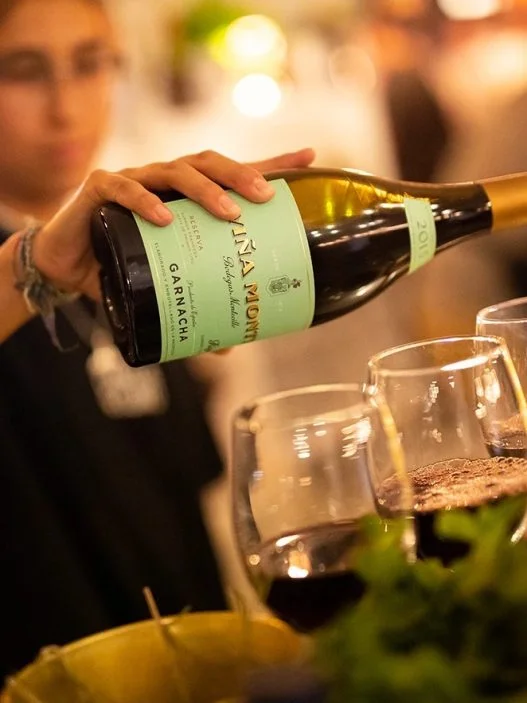
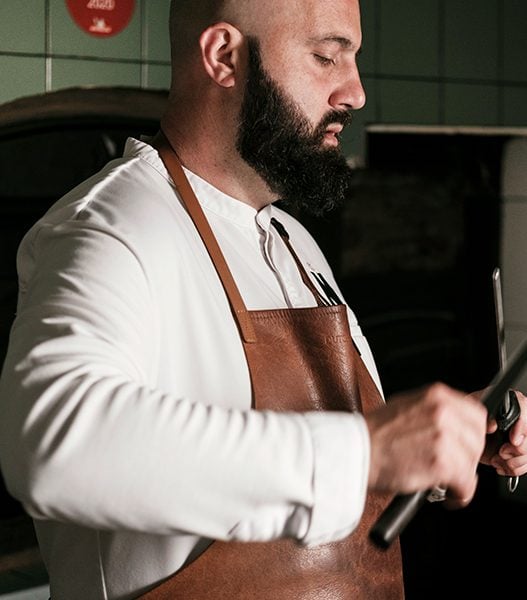
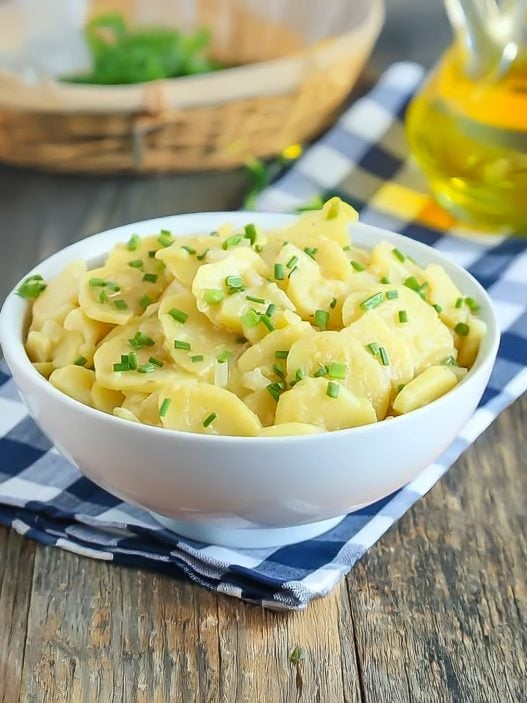
Really nice post. Thank you.
Hello Ruby, lovely article and you lucky duck for getting the chance to go back to Britain!
My father is British and I have a British citizenship, however, I was born in America and live here now.
I recently visited England for the first time in 5 years (the last time I went I was only thirteen) and my goodness did I enjoy every second I was there. All I have thought about since I have been back is a way to get back over there!
One of the things that I miss so much is that during the week I was there, no matter where I was, I would stop for tea at least two to three times a day. The break was lovely and much needed and everywhere I went I found a new cute little tea shop (my favorite was the Mad Hatter next to the Bathe Cathedral).
Beautiful article – I’ve had trouble finding the best way to replicate the tea I had in England since I’ve been back so I’ll have to try these tips out.
Thank you Eve for your sweet comment. When I lived in the States we did have a hard time finding tea that was strong enough, so that might be your first task. And thanks for the tip on the tea room. Hubby and I love Bath as it was where we went on our first romantic getaway as a couple and then, later, on our ‘minimoon’ (our official honeymoon to Scotland had to be postponed). In fact, we haven’t been back since having kids – we’re long overdue! Drop by my blog and let me know when you get your website up and running. Cheers!
Tamara and Nancy, thanks so much for the warm welcome. I have been an avid reader of HC for some time and am delighted to now be part of the team!
Melissa, thank you for your lovely words. Although I’m not convinced anyone can taste the difference when water’s been reboiled, it is true that, with the limescale problem here in the UK, you might be able to tell from the scum floating on top (yuk)!
I loved this article. I too grew up with a British mum and it wasn’t until I lived in London after university that I really started to understand tea. I have listened to many arguments on when the milk should be added and I have a cousin who insists she can tell if the water has been reboiled. I’ve never acquired a taste for coffee but I adore tea, wherever it’s from. And you are so right, it is as much about the ritual of taking a moment to plug the kettle in and let the tea sit for a moment as it is about drinking it. Comfort in a cup. Thanks for a great trip down memory lane.
Hi Ruby, I’m so glad to see you’ve joined the HC team. A very warm welcome to you!! Love, love this article. Perhaps because I am a tea lover. The history and etiquette is so interesting. Tea is such an integral part of my day and would not change it for coffee, specially coffee on the go. You are so right about the relaxing and zen qualities of taking the time to sit down and really enjoy it. Experiencing afternoon tea at the Ritz sounds like a dream, but I think I’d enjoy it best at a granny’s home.
The culture of tea drinking is still not that developed here in Croatia. People here usually drink tea mostly when sick. But I like my tea and usually drink it in the evening. This is a gorgeous article!
Awesome article. I love a good cup of tea.
It appears that, per your link to the scientific research for adding milk, the milk should be added as your grandparents did it, before the tea.
“It is better to have the chilled milk massed at the bottom of the cup, awaiting the stream of hot tea. This allows the milk to cool the tea, rather than the tea ruinously raise the temperature of the milk.”
Either way, milk is good in tea. :)
OMG. This is the journalistic equivalent of walking out of the ladies’ room with your skirt tucked up into your pantyhose. How could I have made such a faux-pas, and on my debut article, too?! Thank you so much for being the one to tell me – I wonder how many others saw the mistake and said nothing! I’ve corrected it on my blog but don’t have access to edit the article above – hopefully other readers will either follow the link and see the mistake as you did, or else read these comments!
This was a wonderful, wonderful read. I especially loved this: “And another thing – tea always tastes better when someone else makes it.” So true!
I enjoyed every bit of this article, and I can’t wait to see what the rest of your column will bring!
What a great compliment – thanks so much for the warm welcome to Honest Cooking!
Hi Ruby,
I have the great fortune to be working with your dad here here in Seattle. He sent me the link to your article this afternoon. He explained that you have lived in so many places. He hopes that you will write about them. Enjoyed your article.
Lita
Thanks Lita! I do my best to make my dad proud – glad to see he’s bragging a bit! ;-)